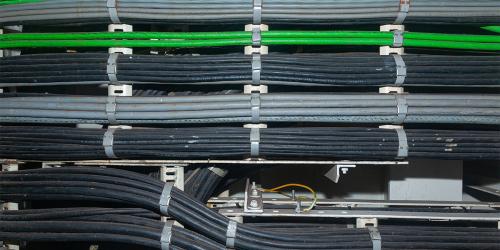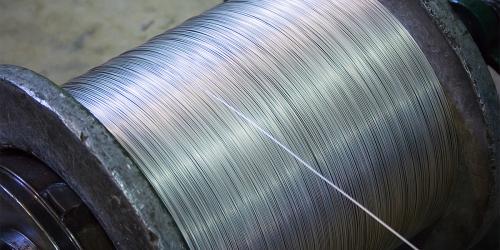For the last 12 months, global aluminium prices have been on the rise. In July 2020, aluminium was being quoted around $1,600 per ton. Despite small drops in prices around October 2020 and again at the beginning of this year, most notably during February, the upward cost has continued almost unchecked until it reached a peak of $2,540 per ton on the 7th May 2021.
Soon after this peak, prices dropped back to $2,350 as a decline in demand and profit taking reduced the price pressures. Some market analysts thought that this fall might continue as the market stabilised and trading profits were cashed in, but prices again are rising and by the 1st June were back up to $2,500 a ton and approaching a 12-month high.
These increases in prices have been attributed to a reduction in the production of aluminium, primarily in China and the growth in demand for aluminium components as the aviation, car and other major global industries start to recover from the pandemic and look towards increasing manufacturing capacity again.
According to the Dutch multinational financial services company ING, global demand is expected to remain strong, leading to a widening supply gap which is likely to keep prices high.
Prices have continued to rise after Chinese aluminium imports rose 36% in April. It is projected that the price of non-ferrous metals will rise to $ 3,000 by the end of the year (2021) as traders see the market demand strip supply by as much as 480,000 tons. The supply shortage is projected to increase to over 1million tons in 2023 and aluminium prices, according to many market experts including Fitch Solutions, will remain high for years to come as the demand will be supported by the accelerating shift towards a green economy and the need for aluminium components in manufacturing.






